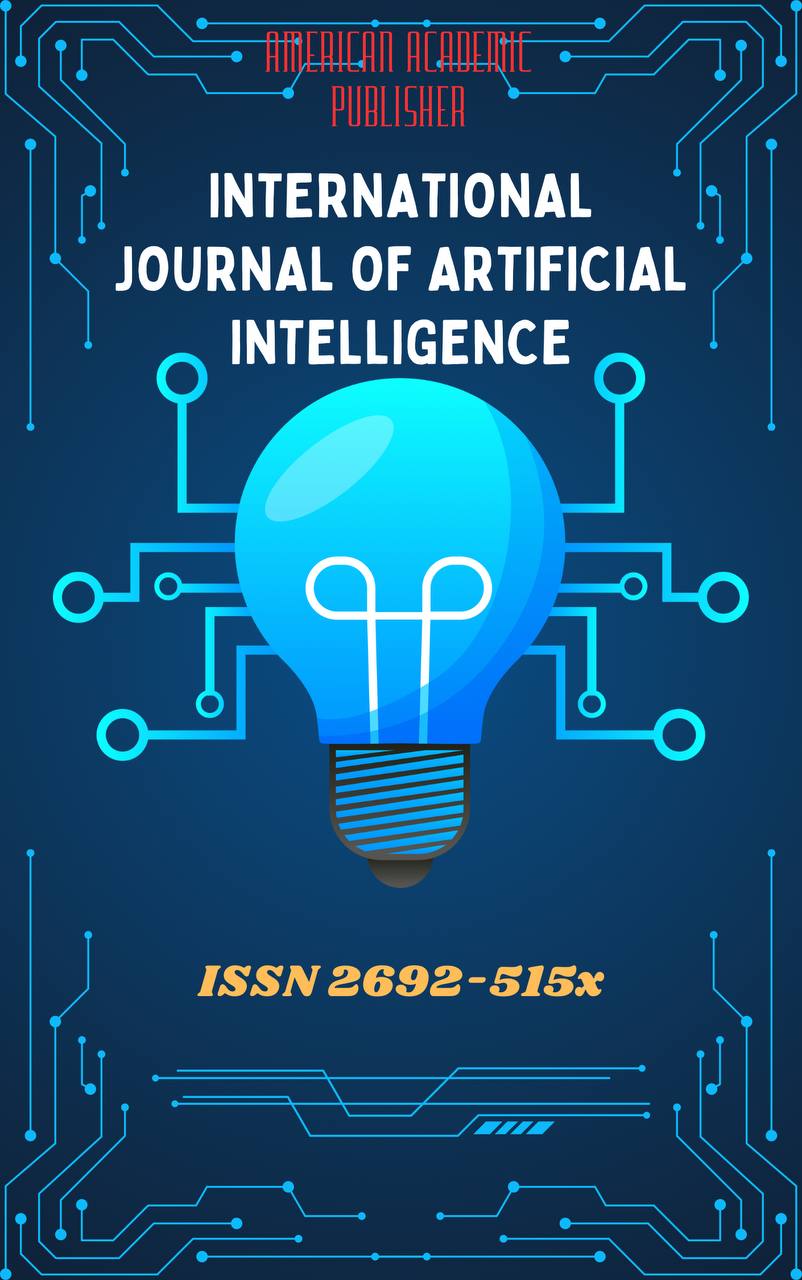 Articles
| Open Access |
Articles
| Open Access | DIGITALIZATION AND ITS DUAL IMPACT: EVIDENCE ON PRODUCTIVITY AND EMPLOYMENT IN OECD COUNTRIES
Shokirova Gulrukhbonu Bekhzod kizi,Dr. Umida Sharipova , Master's student, Department of World Economy University of World Economy and Diplomacy Tashkent/Head of the International Finance and Investments Faculty University of World Economy and Diplomacy TashkentAbstract
This article explores the dual impact of digitalization on productivity and employment across OECD countries. Using panel data from 2005 to 2022, it analyzes how digital indicators—such as ICT investment, broadband penetration, and digital skills—affect labor productivity and employment rates. The results reveal that digitalization significantly enhances productivity but has a mixed impact on employment. While high digital skills improve labor market outcomes, automation-related ICT investment may reduce demand for certain job categories. The findings highlight the importance of complementary policies, particularly in education and workforce reskilling, to ensure inclusive growth in the digital era.
Keywords
Digital economy, productivity, employment, OECD, ICT investment, digital skills.
References
Brynjolfsson, E., & McAfee, A. (2014). The Second Machine Age. W. W. Norton & Company.
Autor, D., Levy, F., & Murnane, R. (2003). "The Skill Content of Recent Technological Change." Quarterly Journal of Economics, 118(4), 1279–1333.
OECD. (2020). Digital Economy Outlook 2020. OECD Publishing.
Van Ark, B. (2016). "The Productivity Paradox of the New Digital Economy." International Productivity Monitor, 31, 3–18.
Bessen, J. (2019). "AI and Jobs: The Role of Demand." NBER Working Paper No. 24235.
International Labour Organization (ILO). (2021). World Employment and Social Outlook: The role of digital labour platforms in transforming the world of work. ILO.
Article Statistics
Downloads
Copyright License

This work is licensed under a Creative Commons Attribution 4.0 International License.

